Access to higher education for the most disadvantaged: The government and HE sector should do more
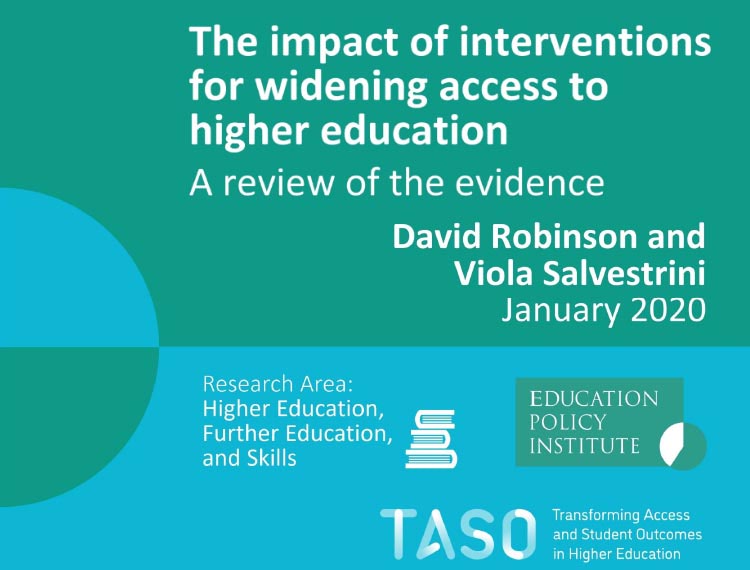
The @EduPolicyInst (EPI) today (23 Jan) published new research, ‘The impact of interventions for widening access to higher education’ commissioned by @TASO_HE the Centre for Transforming Access and Student Outcomes in Higher Education.
While an increasing number of young people have progressed to higher education in recent years, the gap in access between poorer and more affluent students remains stark: students from the most affluent areas are more than twice as likely to enter higher education than those in the most deprived areas. For the most selective universities, they are six times more likely.
These large gaps persist despite significant investment from the higher education sector in activities to widen access over the last decade.
This detailed report analyses 92 studies that provide evidence of the impact of activities designed to boost the attendance of disadvantaged or underrepresented students. It sets out the gaps in the existing evidence base and outlines recommendations for future research.
Key findings:
Which activities are effective in boosting access to higher education for disadvantaged students?
Student financial aid
- Providing financial aid to boost the attendance of the most disadvantaged is a high-cost intervention that typically generates a small but positive effect on enrolment in higher education. However, most existing studies measuring its impact have been conducted outside of the UK.
- Financial support is most successful when it is easy to understand for students. Increasing potential beneficiaries’ awareness of such support is also key to success.
Mentoring and counselling support
- Approaches that involve providing mentoring, counselling and role model services for students are positively associated with improving young people’s aspirations and understanding of what studying entails.
- However, there is little evidence on the effectiveness of such activities in generating increases in enrolments in higher education among the most disadvantaged.
Advice and guidance for students
- Light-touch interventions such as providing information, advice and guidance to students are low-cost, but research to date suggests that such activities have had a limited effect on both students’ aspirations and enrolment into higher education.
- Those that are successful tend to be tailored to the individual needs of students, start early in the student life cycle, and form part of existing careers advice in schools and colleges.
Summer schools
- Summer schools tend to be high-cost interventions, associated with improved student aspirations and higher education progression among participants.
- However, there is currently limited evidence of causality: it is possible that other factors may be leading to improved outcomes, beyond the summer schools.
Wider programmes with multiple elements of support
- Programmes that combine several different approaches to support students are the most evaluated intervention. Research suggests that they lead to considerable increases in student aspirations, and some increases in other outcomes. However, it is difficult to disentangle the individual components of these programmes.
- As these programmes are often expensive, isolating their different elements and improving our understanding of their impact is essential.
Addressing evidence gaps: report recommendations
- There is insufficient robust evidence on interventions that are likely to produce higher enrolment rates for disadvantaged students. This must be addressed urgently. While improved student aspirations are a positive development, the material effects of interventions on higher education take-up rates should be far better established.
- The most common and successful activities involve programmes for students with multiple components of support. Future research should isolate the separate elements of these programmes, to establish which are driving improved outcomes.
- There should be far greater focus on outcomes for overlooked, vulnerable groups, such as mature students, carers, ethnic minority students and vocational students.
- Further research should be conducted on the impact of student summer schools, to establish whether the programmes themselves are contributing directly to better outcomes.
- There is strong international evidence for the effectiveness of providing disadvantaged students with financial aid. However, more studies relevant to the UK context are needed.
- The government should do more to facilitate tracking the progress of students involved in widening participation programmes over time and between the school, college and higher education. This would improve our understanding of the impact of interventions on actual student enrolment numbers.
- Given that disadvantage gaps emerge early in people’s lives, and widen as they move through education, more research should be developed by the sector on approaches that could support disadvantaged students earlier in the student life cycle.
Sector Response
Russell Hobby, CEO of Teach First said:
“While it is good to see that greater efforts are being made to support more students from disadvantaged backgrounds attend university, progress has been worryingly slow.
“It’s no surprise that tailored careers advice and guidance has been found as one of the most promising ways to help young people to flourish beyond school. Yet too often we find pupils from poorer backgrounds are less likely to receive the same level of high-quality advice and guidance than their more affluent peers.
“So, we need to support all schools, particularly those in disadvantaged areas, to have trained careers leaders to develop school wide careers strategy. Only then can we ensure all children have an equal chance to succeed after school – whatever route they choose to take.”
 David Robinson, Director of Post-16 and Skills at the Education Policy Institute (EPI) and author of the report, said:
David Robinson, Director of Post-16 and Skills at the Education Policy Institute (EPI) and author of the report, said:
“While the higher education sector has made gains in reaching out to students from disadvantaged backgrounds over the last decade, there are still huge gaps in our knowledge of which interventions work best.
“This report shows that most widening access programmes typically report success in raising poorer students’ aspirations, but there is still little consensus on which interventions are most likely to boost actual student enrolment numbers.
“The size of the university access gap in this country remains stark. If the government and higher education sector are to make progress in improving the prospects of some of the most deprived students, they must urgently develop a better understanding of those programmes that are proven to work”.
Susannah Hume, Director (Establishment Phase) of the Centre for Transforming Access and Student Outcomes in Higher Education (TASO), said:
“This report consolidates what we have known for some time – there is a lack of high-quality evidence on what works in helping students from disadvantaged backgrounds progress to higher education.
“If the higher education sector is serious about improving social mobility, we need to act now to fill the gaps identified in this report and refocus efforts on designing and implementing programmes that are proven to work.
“That’s why, following guidance from the sector, the Centre for Transforming Access and Student Outcomes (TASO) is commissioning new research into the effectiveness of summer schools, mentoring initiatives and school and college outreach programmes for widening access to higher education.
“By developing more rigorous evidence in these key areas, TASO will be able to better support the sector in ensuring fair access for all students and help facilitate greater social mobility across the UK.”


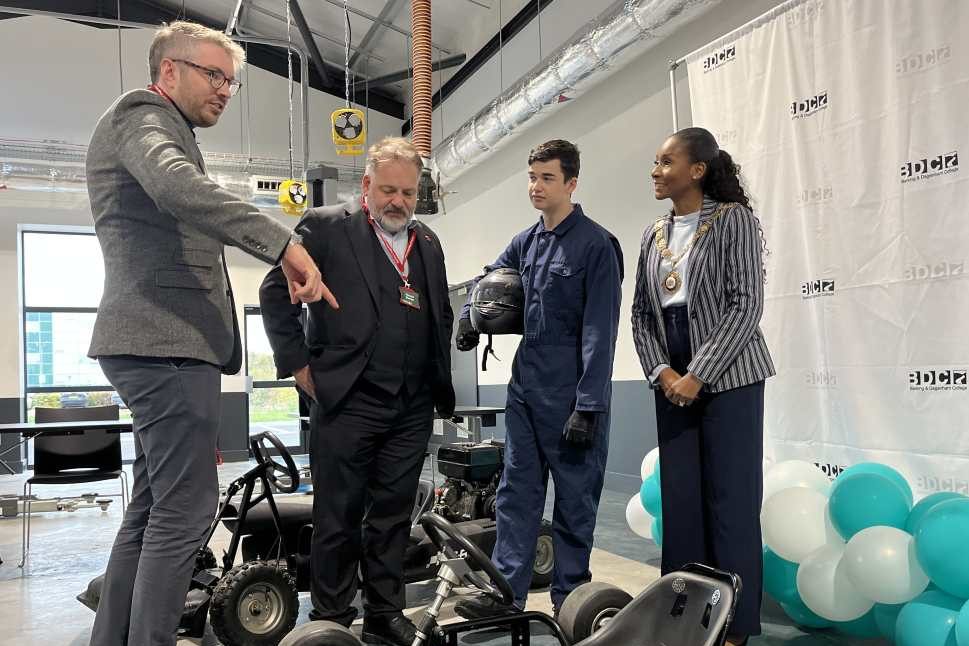

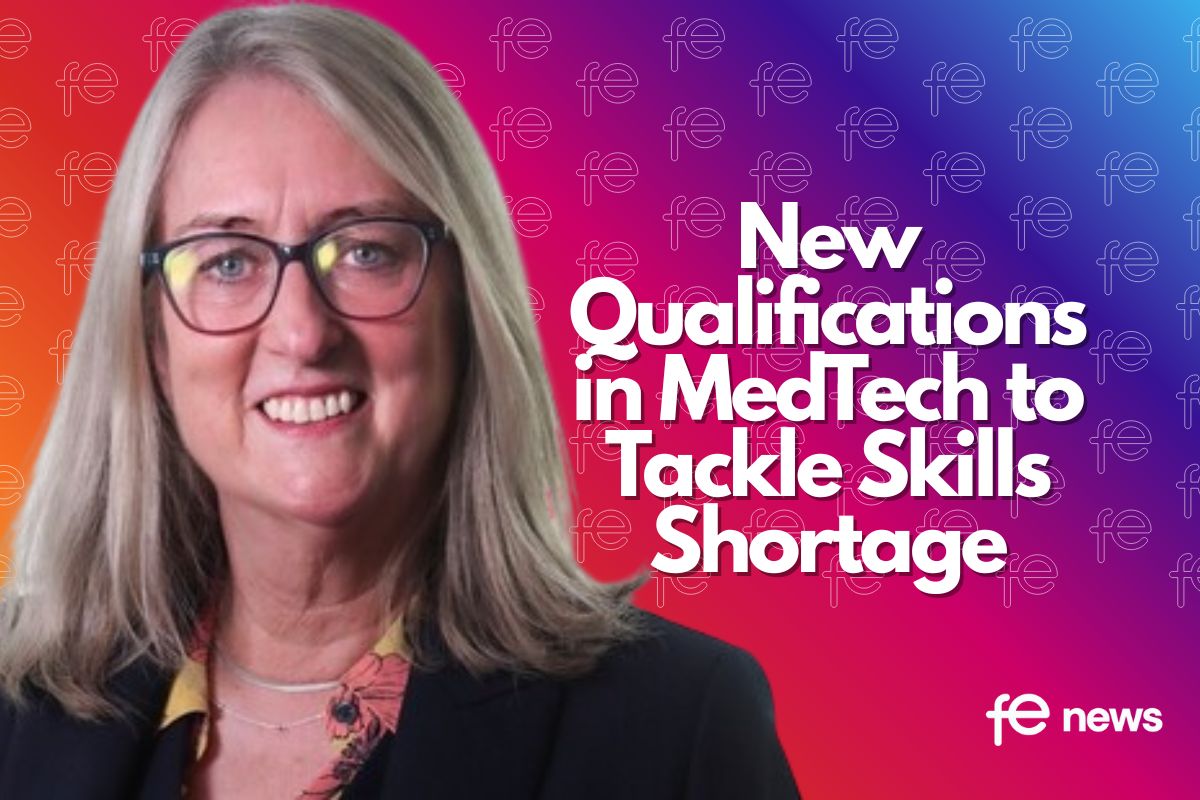
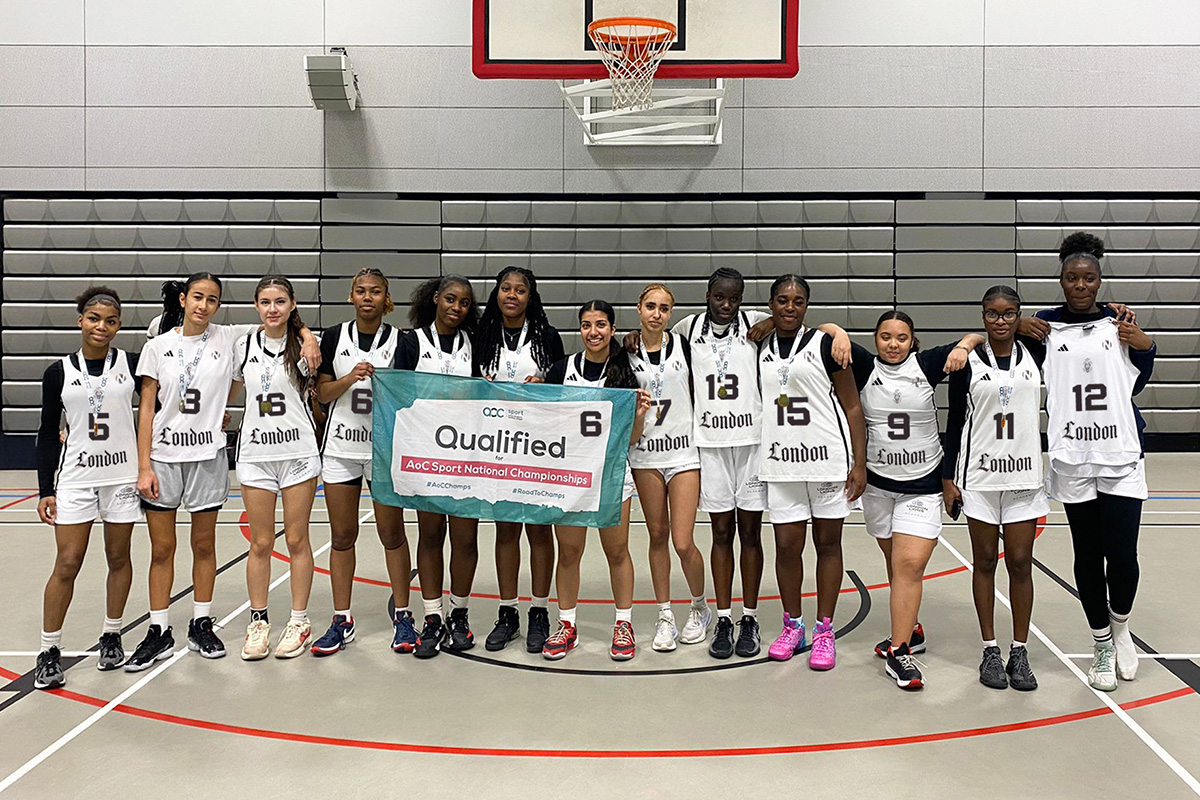
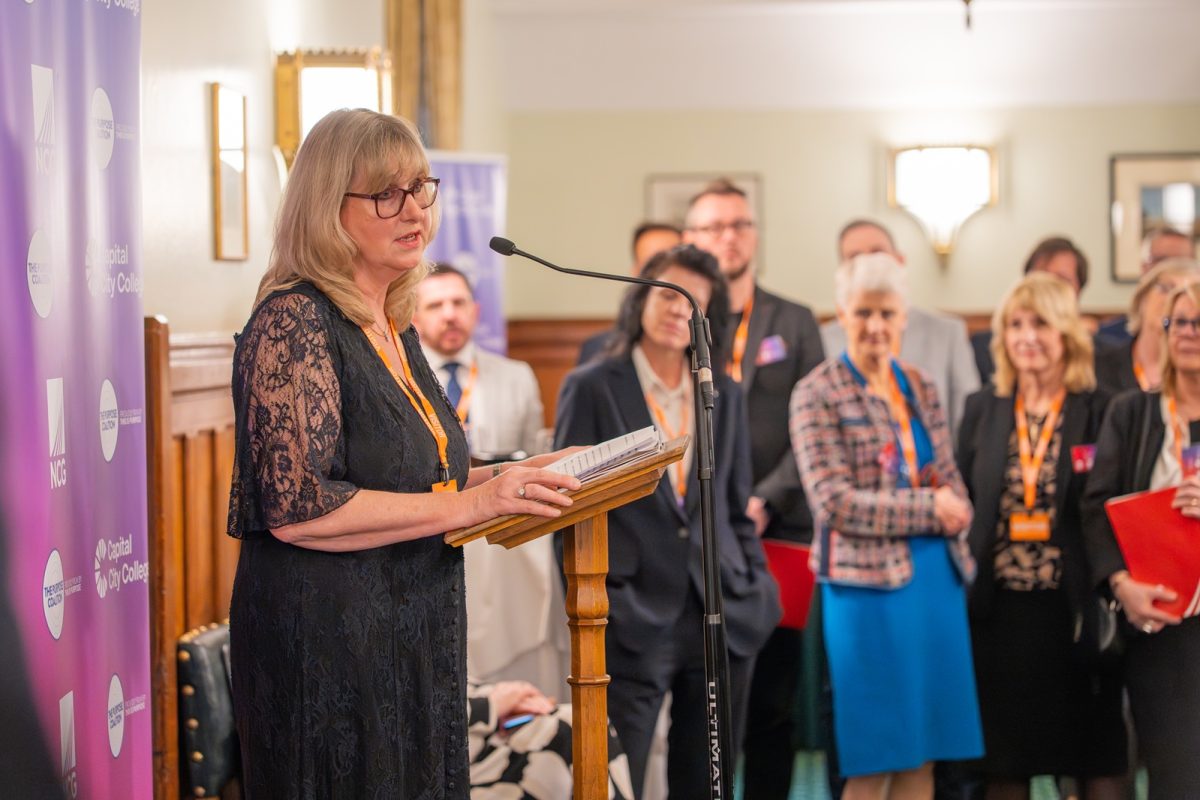


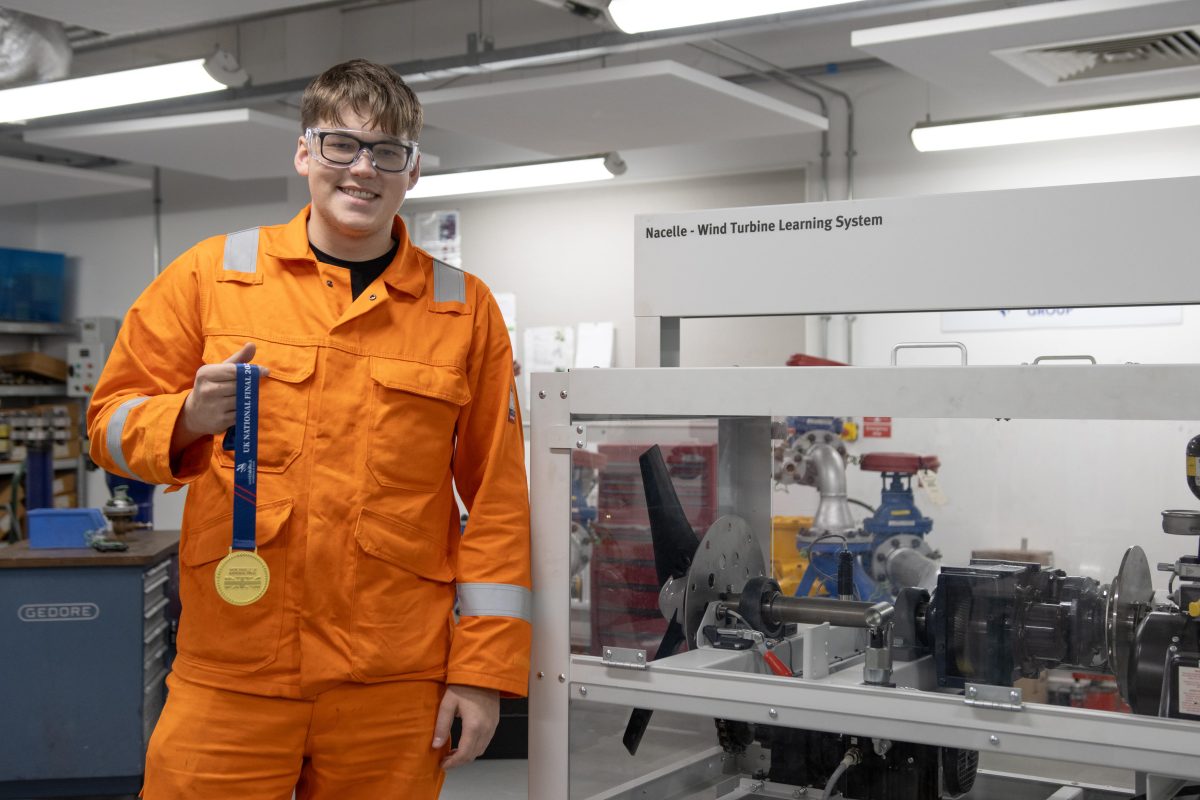

Responses